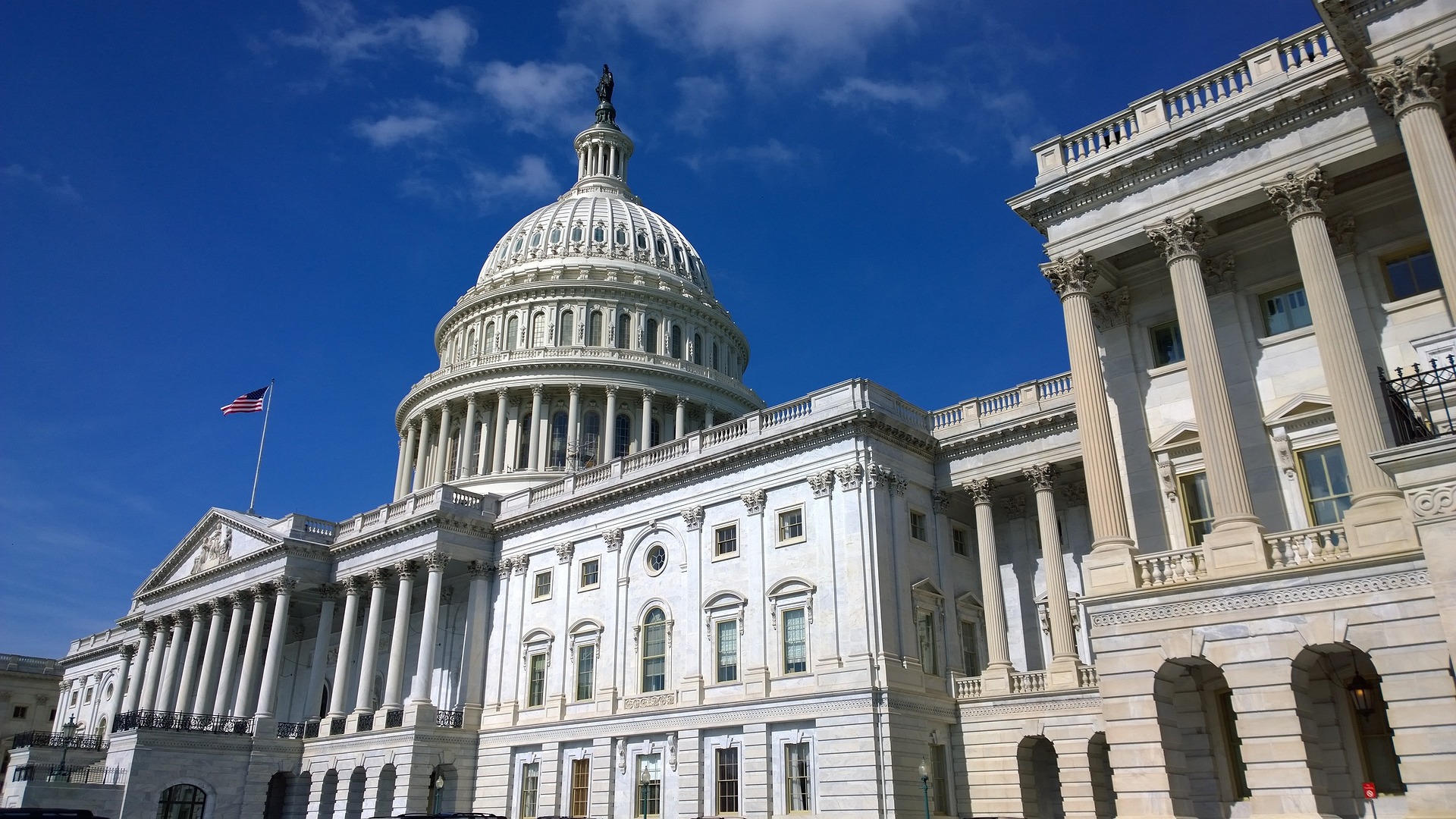The U.S. General Services Administration (GSA) recently announced plans to use $975 million in Inflation Reduction Act funding for energy efficiency and clean energy upgrades to federal buildings across the country.
The investment will impact about 40 million sf, or about 20% of GSA’s federal buildings portfolio. It will expand the agency’s sustainable building portfolio to 134 million sf. The projects will enable 28 buildings to achieve net zero emissions, and 100 more buildings to become all-electric. GSA currently has about 200 buildings that are all-electric.
The plans include electrifying the Ronald Reagan Building and International Trade Center, one of the largest structures in GSA’s portfolio. The work will include installation of heat pumps as the primary heating source, while eliminating onsite combustion emissions and the use of steam onsite for space and water heating. The project calls for installation of 57,000 LED light bulbs, upgrading over 500 high efficiency transformers, and installing a reverse osmosis groundwater recovery system that is estimated to save 35 million gallons of water annually. After work is completed, the Reagan Building is estimated to reduce energy usage by 40% and realize an estimated $6.3 million savings in energy costs annually.
GSA plans to tap into private sector funds through performance contracts such as Energy Savings Performance Contracts and Utility Energy Savings Contracts; make direct investments in building retrofits to maximize greenhouse gas reductions as well as energy and water savings; and expand building technology innovation programs such as the Green Proving Ground and Applied Innovation Learning Lab programs as well as electric vehicle infrastructure.
“The Inflation Reduction Act investments put GSA three-quarters of the way toward meeting the Federal Building Performance Standard released last year, which sets an ambitious goal to cut energy use while electrifying equipment and appliances in 30% of the building space owned by the federal government by 2030,” according to a GSA news release.
Related Stories
| Jul 7, 2014
7 emerging design trends in brick buildings
From wild architectural shapes to unique color blends and pattern arrangements, these projects demonstrate the design possibilities of brick.
| Jul 2, 2014
The doctor is in the firehouse: New clinic to be built in California fire station
Designed by WRNS Studio, the Firehouse Clinic will encourage local residents with limited healthcare access to consider them as an alternative to the emergency room, especially for preventive care.
| Jul 2, 2014
Emerging trends in commercial flooring
Rectangular tiles, digital graphic applications, the resurgence of terrazzo, and product transparency headline today’s commercial flooring trends.
| Jul 1, 2014
China's wild circular skyscraper opens in Guangzhou [slideshow]
The 33-story Guanghzou Circle takes the shape of a giant ribbon spool, with the floor space housed in a series of boxes suspended between two massive "wheels."
| Jul 1, 2014
Hyper-speed rendering: How Gensler turns BIM models into beauty shots in seconds
In search of a fast rendering solution, Gensler looked to the gaming and moviemaking industries for the next breakthrough tool: Octane Render.
| Jul 1, 2014
Zaha Hadid's flowing Heydar Aliyev Center named Design of the Year for 2014
The Design Museum's Design of the Year award has been awarded to Zaha Hadid's Heydar Aliyev Center. Hadid is not only the first woman to win the top prize, but the center is the first architectural project to win the overall competition.
| Jun 30, 2014
Research finds continued growth of design-build throughout United States
New research findings indicate that for the first time more than half of projects above $10 million are being completed through design-build project delivery.
| Jun 30, 2014
Arup's vision of the future of rail: driverless trains, maintenance drones, and automatic freight delivery
In its Future of Rail 2050 report, Arup reveals a vision of the future of rail travel in light of trends such as urban population growth, climate change, and emerging technologies.
| Jun 30, 2014
Work starts on Jean Nouvel-designed European Patent Office in the Netherlands [slideshow]
With around 80,000 sm and a budget of €205 million self-financed by the EPO, the complex will be one of the biggest office construction sites ever in the Netherlands.
| Jun 30, 2014
Zaha Hadid's Iraq Parliament complex design marred with controversy
Zaha Hadid's design for the Iraq Parliament was selected, despite placing third in the original RIBA-organized competition.

















